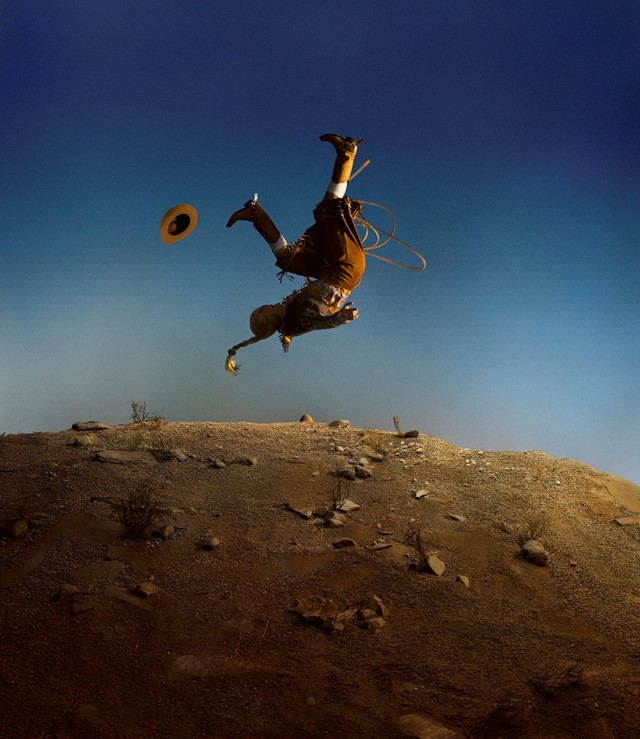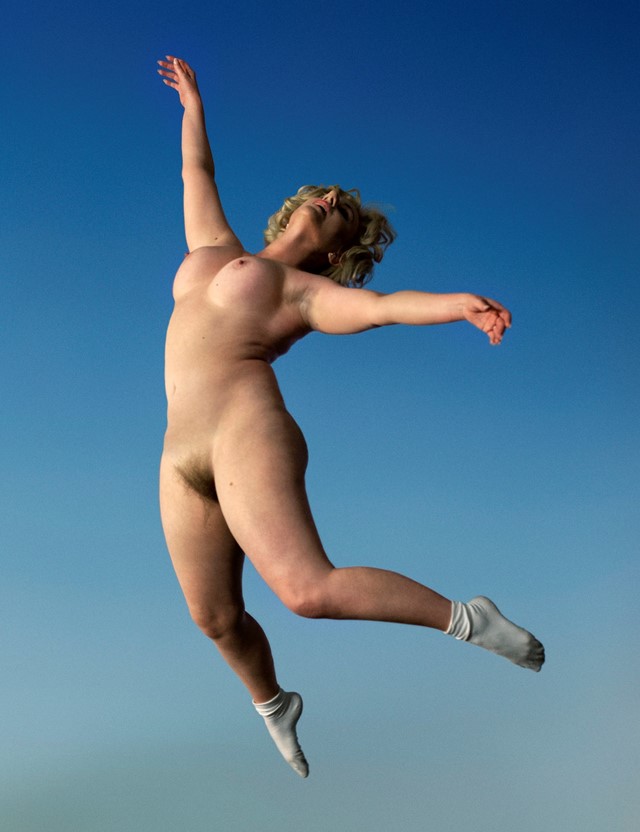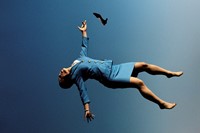As her new portrait series goes on show at London’s Lehmann Maupin gallery, American photographer Alex Prager talks about the collective emotional damage wrought by the pandemic and her screenwriting ambitions
“In the beginning I was terrified,” says Alex Prager, reflecting on the early months of 2020. Renowned for her mammoth-sized images of busy crowds, her show Play The Wind had closed in New York in late 2019 and at the onset of the pandemic, she was without a project through which to funnel her energy. Having flirted with screenwriting for several years – cinema informs much of her practice – when the second lockdown hit she fled her hometown of Los Angeles for a cabin in Lake Arrowhead, hoping to write. “The person who owned the cabin happened to be the woman who wrote E.T.,” she tells AnOther. “I felt her [Melissa Mathison’s] spirit in the walls of this 1930s cabin and just wrote and wrote. It made me feel hopeful again about the future – at the time the future felt totally bleak.”
With her creative and mental energy restored, in 2021 Prager began work on a new series of portraits examining the collective emotional state of the past two years. In Part One: The Mountain, which opened at London’s Lehmann Maupin gallery last Friday, the American artist continues her exploration of the hyperreal, photographing a selection of classic American archetypes – a cowboy, a tourist, an air stewardess – physically suspended in mid-air so that their belongings (loose cash, smiley-fronted carrier bags, a pair of high heels) seem to float, or fall, alongside them. Concerned with time and borrowing symbolism from literature, religion and psychology, the pictures channel Prager’s long term commitment to storytelling while asking the viewer to really consider each subject. Below, the photographer unpacks the beginnings of Part One: The Mountain.
“I don’t want to say [the series] was inspired by the pandemic. It wasn’t, it was inspired by my reaction to everything that was going on; all the inner turmoil. Seeing people who were friends no longer speaking – the communication and love for one another has gone really wonky and it’s sad. So a lot of it has to do with that, and just wanting people to start seeing each other again.
“Since I discovered film I’ve always leaned towards bigger projects, always trying to get uncomfortable with size. Somebody that loves me said it should say ‘an embarrassment of big ideas’ on my tombstone – that kind of sums me up. It took a lot for me to realise that this was the right series. But there’s something so complex in portraiture that it actually became just as challenging as the ones that seem much bigger.
“I looked to classical portraiture as a way to put people in front of you because just by seeing one another, we can raise our understanding for each other a little bit. I looked towards August Sander’s Citizens of the Twentieth Century period and Irving Penn’s Small Trades series – those were the catapults into this.

“There is supposed to be a part two, but even if there’s not, [Part One] felt like the future, the unknown. It’s out of our control, which is why I have the figures suspended in motion – we don’t know if they’re going up, down or floating, and I wanted to keep that feeling, I wanted that question mark to always be there about time. Time has really been a theme over the last two years; everyone’s been grappling with it.
“All the pictures are representative of a psychological or emotional state except Seconds [woman in the car], which grounds you in the physical. It’s the same complicated feelings, but in this endless tunnel that we’ve all felt. Like Dr Seuss’s waiting room from Oh, The Places You’ll Go!, one of my favourite books. That waiting room is really what it felt like: this unknowable place that we don’t know how to get out of.
“The use of archetypes was important, because it felt like everyone was so dispirited and polarised. By using familiar figures that’ve been used in storytelling for centuries, it immediately helps people to connect. It grounds them in something they already feel like they know before they start wrapping their heads around what they’re looking at.”
Part One: The Mountain is at Lehmann Maupin, London, until 5 March 2022.






